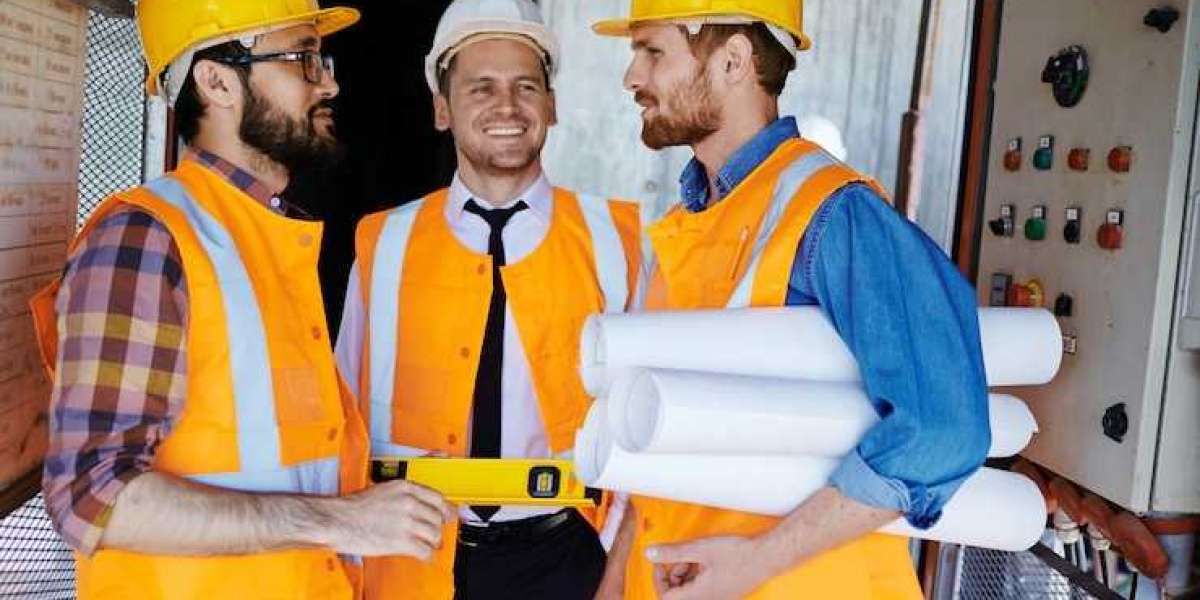Welding and cutting are some of the most common yet hazardous tasks found in workshops, construction sites, and manufacturing plants. Whether you’re joining metal beams on a skyscraper or cutting pipes in a fabrication shop, there’s always a risk — from burns and fires to harmful fumes. That’s why creating and sticking to safe systems of work is not just a good idea — it’s essential for protecting people and property.
In this guide, you’ll find practical steps, real-life stories, and tips you can use to make your workplace safer, more efficient, and compliant with safety laws.
Before we jump in, it’s worth mentioning that getting a recognized safety qualification, like a NEBOSH course, can help you understand the principles behind safe systems of work and risk management. Many professionals plan for NEBOSH course fees as an investment in safer work and better career prospects.
Why Welding and Cutting Need Special Attention
Imagine this: A few years ago, a small auto-repair shop in my town nearly burned to the ground. A mechanic was cutting an old exhaust pipe near a fuel tank — a single spark found its way to a puddle of gasoline. Within seconds, flames were everywhere. Thankfully, no one was hurt, but the fire caused thousands of dollars in damage.
This could have been avoided with a clear, step-by-step system. Welding and cutting tasks produce high heat, sparks, and sometimes toxic fumes. Without clear guidelines, it’s easy for small mistakes to become big disasters.
Step 1: Identify Hazards Before You Start
First things first — look around. What could go wrong? Here are some common hazards in welding and cutting jobs:
- Fire risks: Sparks can fly up to 35 feet. Nearby flammable items — paper, paint cans, oil — can ignite easily.
- Explosions: Cutting containers that held flammable liquids can be deadly.
- Fumes and gases: Many metals and coatings release dangerous fumes when heated.
- Electric shock: Electric arc welding involves high currents.
- Eye injuries: Bright arcs can damage vision; flying metal can injure eyes.
Doing a thorough check each time helps you spot these dangers before they cause harm.
Step 2: Create a Clear Safe Work Method Statement
A safe work method statement (SWMS) is a step-by-step plan for high-risk jobs like welding and cutting. It explains what to do, who does it, and how to stay safe.
A good SWMS includes:
- Description of the work
- Identified hazards
- Control measures
- Personal protective equipment (PPE) needed
- Emergency procedures
For example, if you’re cutting metal beams in a warehouse, your plan might include moving flammable materials at least 50 feet away, posting a fire watch, and having extinguishers ready.
Step 3: Train and Authorize Only Competent People
Having a plan is useless if workers don’t follow it. Make sure that only trained, competent workers perform welding and cutting tasks. Provide regular training refreshers and toolbox talks to remind everyone about new risks and safe methods.
One welder I knew proudly said he didn’t need a helmet because he was “careful.” A week later, he was in the ER with a burned cornea. Never assume experience replaces safety training.
Step 4: Control the Environment
Even the best welder can’t control where sparks fly — but you can control what’s around the work area.
- Use spark barriers or welding curtains.
- Keep flammable materials far away.
- Work in well-ventilated areas or use fume extraction.
- Ensure fire extinguishers and fire blankets are within reach.
If working at heights or in confined spaces, extra steps like gas monitoring or fall protection may be needed.
Step 5: Use the Right Equipment and PPE
Proper equipment makes safe work easier. Check tools regularly — damaged cables or torches can cause electric shock or gas leaks.
Basic PPE for welding and cutting includes:
- Flame-resistant clothing
- Welding helmet or face shield with proper filter
- Gloves and protective boots
- Respirators for fumes, if needed
- Ear protection for noisy tasks
Always inspect PPE before use. Worn-out gloves or a cracked helmet should be replaced immediately.
Step 6: Have an Emergency Plan
Despite best efforts, accidents can still happen. That’s why a good safe system of work must include emergency steps:
- Know where the nearest exit is.
- Have fire extinguishers and fire blankets close by.
- Ensure first aid kits are stocked.
- Train workers in what to do if someone is burned or if there’s a gas leak.
A few minutes of practice could save a life when seconds count.
Real-World Example: Lessons Learned
A fabrication shop I consulted with used to have frequent small fires during cutting jobs. They treated it like “normal.” After we introduced a simple safe system — moving flammables, adding spark barriers, and checking for hidden fuel sources — fires dropped to zero in three months. Productivity didn’t suffer, and insurance costs went down too. It’s proof that safety and efficiency can go hand in hand.
Additional Tips for Supervisors and Managers
- Inspect work areas before giving permission to start hot work.
- Use a permit-to-work system for higher-risk tasks, especially in unfamiliar locations.
- Keep records of training, inspections, and incidents.
- Lead by example — workers notice if supervisors cut corners.
How Safe Systems of Work Tie Into Legal Compliance
Employers have a legal duty to provide safe workplaces. Failing to do so can result in fines, lawsuits, or worse. A well-documented system shows you take safety seriously and helps prove compliance during inspections.
Many companies train their teams through NEBOSH safety courses in Pakistan or similar programs to strengthen their health and safety culture.
Wrapping Up: Make Safety a Habit, Not an Afterthought
Developing safe systems for welding and cutting is not a one-time job. It’s a living process that evolves with new tasks, tools, and lessons learned.
Remember: no deadline or shortcut is worth a life. Take time to plan, train, inspect, and improve. When everyone understands what to do and why it matters, accidents drop and confidence grows.








